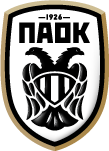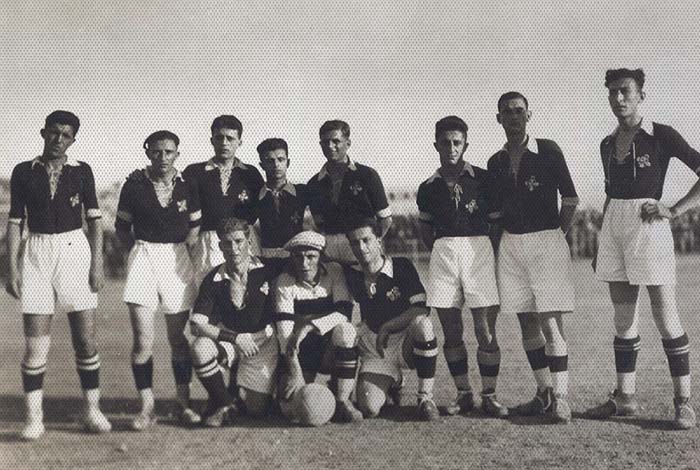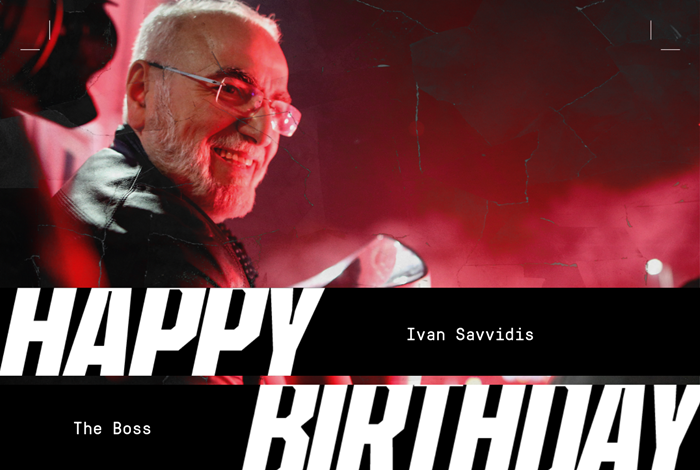On this day…
The foundation of PAOK went through several stages. It all began in December 1925 and the affair was finalized on 20 April 1926 with the official approval of the club by the Thessaloniki Court of First Instance. Administration members and footballers stemming from the Union of Thessaloniki Constantinopolitans stirred procedures …
The foundation of PAOK went through several stages. It all began in December 1925 and the affair was finalized on 20 April 1926 with the official approval of the club by the Thessaloniki Court of First Instance. Administration members and footballers stemming from the Union of Thessaloniki Constantinopolitans stirred procedures in late 1925. Their main purpose was to detach the sports section from the central social club that had been founded as a bond linking them to Constantinople. They also wished for a separate administration.
As provided in the Article 27 of the association, “if a sports section is created within the social club, then the former can become independent yet keep the same name, according to Olympic Committee regulations”. Those who took the initiative wanted to add the term “Sports” in the title “Union of Thessaloniki Constantinopolitans”, but encountered insurmountable internal obstacles. The procedures were cancelled, as the transfer of sporting activities should have been confirmed by the General Assembly and not the Board of Directors.
The “battle” between the two sides lasted quite a long time and the joint General Assembly took place on 7 March 1926 to settle a dispute that emerged in December 1925. Those opposing the secession formed a joing front and took over the administration of the Sports Club. Nikos Petropoulos took 92 votes, level with Aristidis Misios who was on his side, and became president,
The footballers, who had played a leading part in the secession, didn’t accept the development and sent an official announcement to the newspapers, inveighing against the new administration. “We hereby declare that we belonged, still belong and will obey the rulings of the first legal Board of Directors. We do not accept you as administration, even if you are legalized”. The new administration of AEK Thessaloniki chose to expel the players who had signed the announcement and refer them to the Union of Football Clubs of Makedonia and Thrace.
The reaction of the other part was deployed on the pitch. On 28 March 1926, they held an unofficial encounter against Panathinaikos under the name “Sports Club of Constantinopolitans”. Their 5-0 defeat was to be expected, as the conflict left little room for training and no room for clear thinking. The next episode would take place on 30 March 1926, when Τriantafyllos Triantafyllidis, Κonstantinos Koemtzopoulos, Κonstantinos Kritikos, Μichalis Theodosiadis, Ioakim Ioakimopoulos, Αristodimos Dimitriadis, Αlexandros Angelopoulos and Μenelaos Tsoulkas gathered at the Constantinopolitans’ Club and signed the establishment protocol of the new sports club to officialize procedures.
On 5 April, the General Assembly took place with the participation of the footballers. On 20 April 1926, PAOK’s first memorandum of association was approved on an order by the Thessaloniki Court of First Instance (No. 822). A few days later, the club held their first unofficial match under their new name.
The first emblem of PAOK (1926) depicted a four-leaf clover and a horseshoe. The leaves were green and above them were the initials of the word PAOK. The unforgettable Kostas Koemtzopoulos came up with this idea, inspired by his brand of cigarettes.
The first Board of Directors of PAOK (1926-27) consisted of:
President: Triantafyllos Triantafyllidis
Vice president: Panagiotis Kalpaktsoglou
General secretary: Konstantinos Kritikos
Special secretary: Menelaos Tsoulkas
Treasurer: Ioakim Ioakimopoulos
Director of football: Alexandros Angelopoulos
Director of athletes: Aristodimos Dimitriadis
Consultants: Panagiotis Maleskas, Konstantinos Koemtzopoulos and Michalis Theodosiadis











































